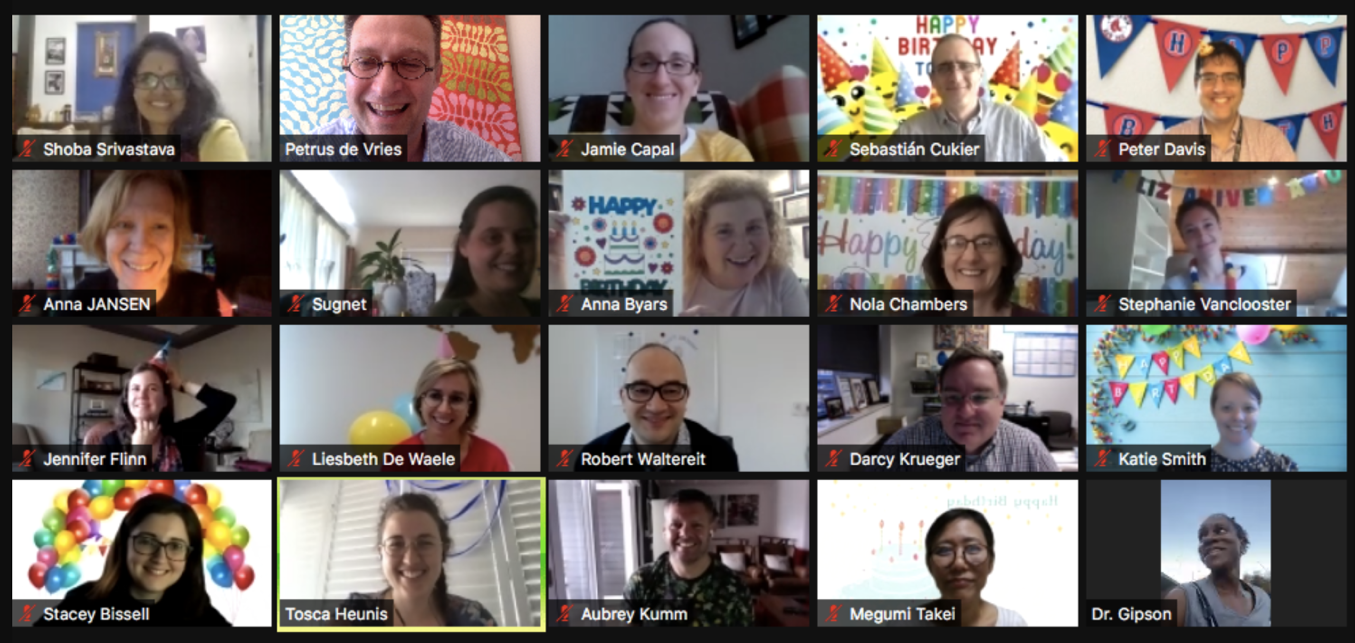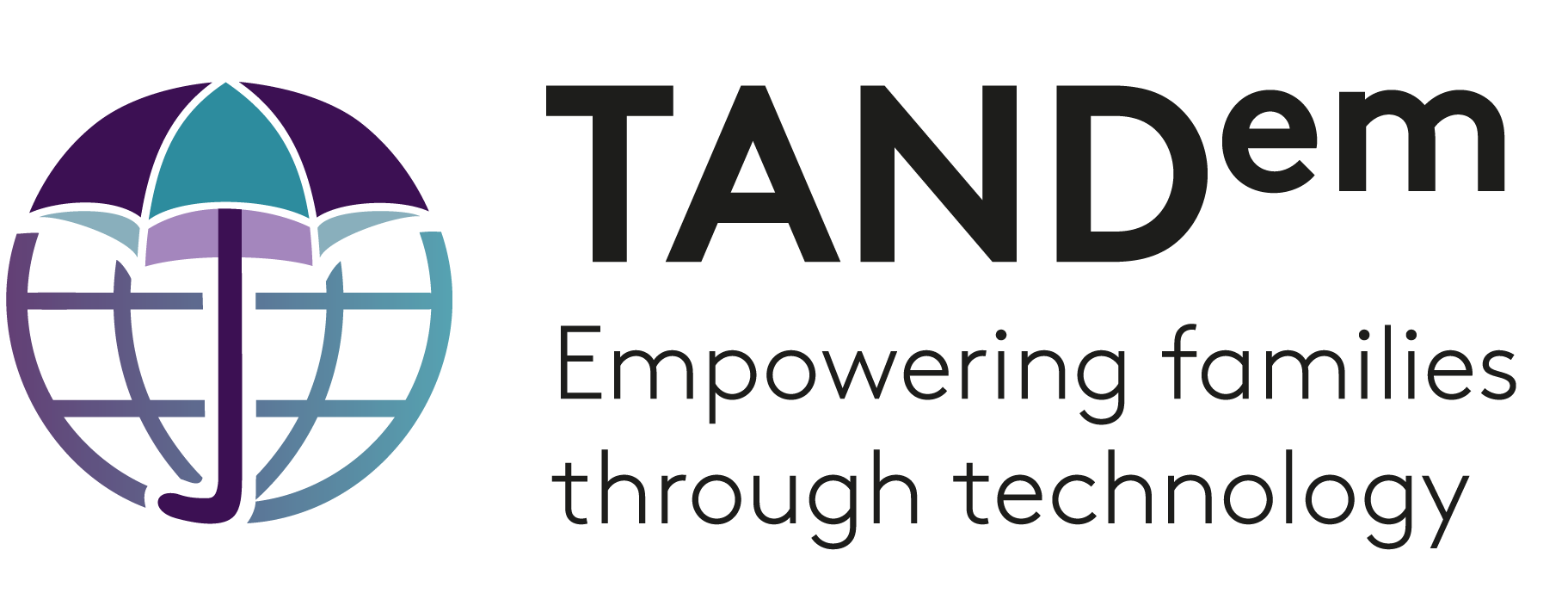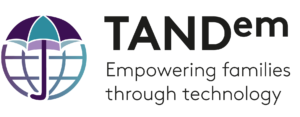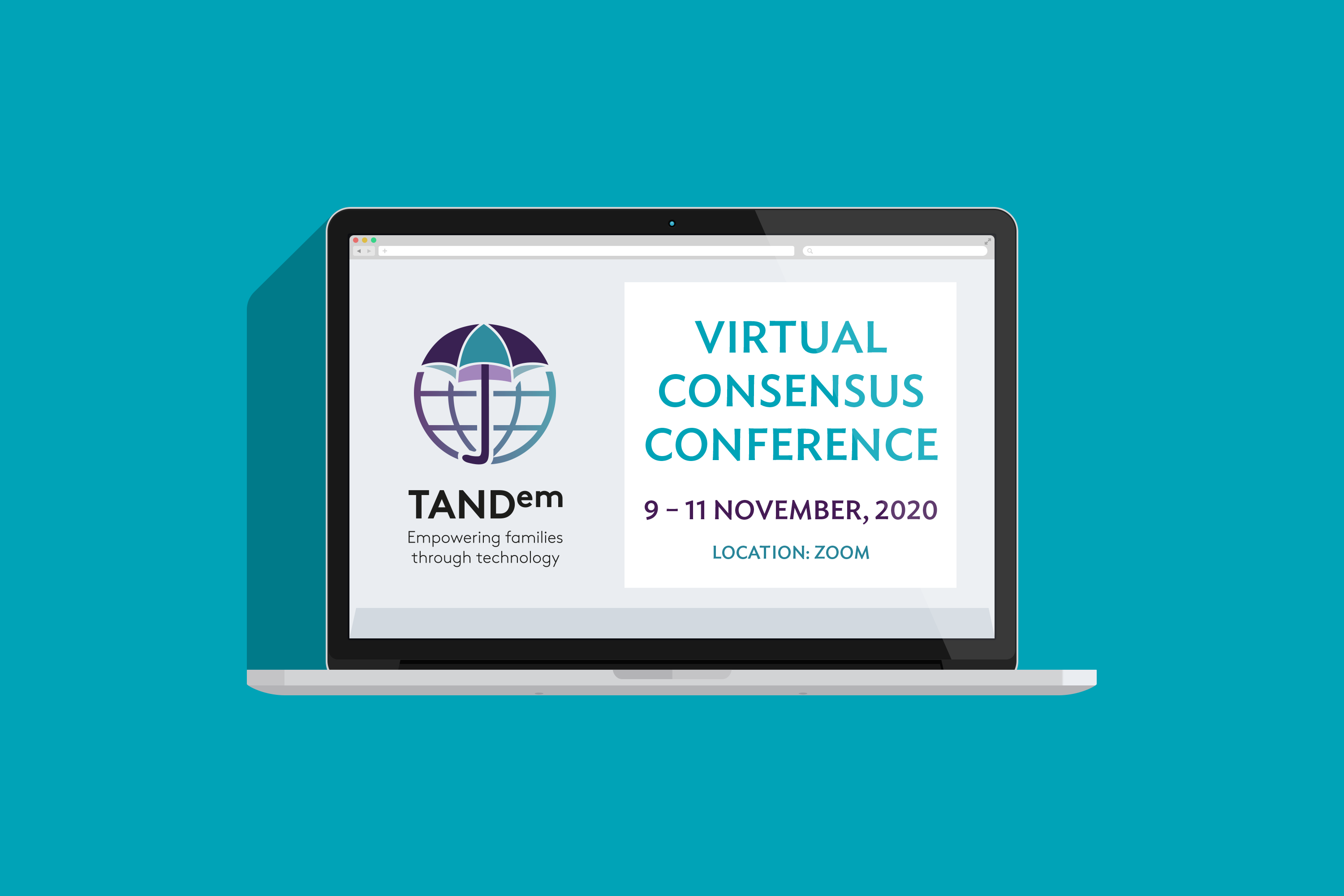Back in November 2019, when the TANDem consortium met for the first time in Leuven, we scheduled our next meeting to coincide with the 2020 TSC international research conference in London. No one could have predicted back then what 2020 would have in store for us, and the toll this year would have on caregivers, families, services, research facilities, hospitals, clinics and academic institutions in the time of COVID. One positive in all of the chaos, was that the TANDem project was well primed for remote working – we had been doing international zoom calls as a team for the last 12 months. Back in 2019, the use of remote methodology to increase the availability and reach of the TAND checklist to an international population seemed ambitious; the COVID-19 pandemic put into perspective just how vital the efforts of this project were – and how viable our international research collaboration could be. So the scheduled TANDem consortium meeting went ahead as planned on the 9-11th November, virtually – without ever needing to leave the country!
Day one began with an overview by Petrus de Vries of previous guidelines and recommendations that have been published in the academic literature that reference TAND. The 1999 TSC diagnostic criteria made limited TAND recommendations. The 2005 TSC guidelines recommended by a clinical/child psychiatry panel emphasised the need for regular and comprehensive assessment in response to change in TAND, and in 2012, the term ‘TAND’ was officially coined. This overview contextualised discussion about what the focus of our 2021 TAND guidelines should be. Ultimately, we were unanimous on the need for regular TAND screening to be a priority, but were conscientious about the viability of recommended regular evaluations when access to services varies greatly from country to country. The 2021 guidelines will specifically emphasise a proactive approach to TAND and the need for early and appropriate intervention. Later in the afternoon Stephanie Vanclooster and Stacey Bissell presented preliminary findings from the TAND scoping review (to be published in 2021). This overview of the TAND literature across the eight TAND clusters has helped to formulate TAND cluster recommendations and guidelines and has identified gaps in the research literature.

On day two we kicked off the meeting with celebrations for Petrus de Vries’ birthday (zoom birthdays have become the norm of 2020 – we were very creative with our virtual birthday decorations). The rest of the day was then an extension of ongoing work that has been completed over the course of several months within each cluster group. Each cluster group has developed summary statements and recommendations that will form the basis of an ebook, guidelines, and ultimately the TAND Toolkit app. The day was structured around consensus of the overarching principles of the guidelines and the toolkit, with agreement in the team that they need to be written with caregivers and professionals in mind. The group were excited to then preview the TAND Toolkit app, which has come a very long way in a very short space of time. The day concluded with discussions around the TANDem toolkit and its overall purpose. There were several key points that were deemed important for the development of the toolkit:
- It should be action focused and not just comprised of information to read. It should consist of formats that are interactive or exercise based.
- The practicalities of using the toolkit on the app need to be held in mind. The information needs to be generalisable (to individuals with TSC, caregivers and professionals) and across countries, with subtitles available in local languages.
- There needs to be a reflective active learning element to the toolkit (reflective questions, infographics, worksheets and FAQs).
Day three continued with ongoing discussions around the TANDem toolkit and use of the app. There were discussions around utilisation within the app for families sharing support pathways. There is a growing need to identify the needs for the toolkit in different parts of the world and current availability of local support services in more remote parts of the world. There was an awareness that the app needs to connect families with local organisations (but recognition that these organisations may not be at same level of UK/USA support). The team are conscientious that we need to offer more on the app than just a list of local organisations that TSC families probably already know about. We are also mindful that we need to be mindful of newly diagnosed families and their engagement with the app. Testimonials about TAND and initial introductions to the app will be important for family engagement and acknowledging within the app what the TSC research community currently know and do not know about TAND will be important. There were further discussions around the process of validation for the app. This will take place across two clinical US sites (Boston and Cincinnati), with additional information provided via the TS Alliance natural history database. Day three concluded with an exciting showcase of the TANDem website, which documents ongoing work of the project and the contribution of individual team members. The website will be updated frequently, and will direct families and professionals to TAND resources that are currently available.
Although a virtual TANDem meeting was not what we had anticipated back in 2019, it was a wonderful opportunity to connect with each other and affirm our shared commitment and dedication to the TANDem project. We are hopeful that when we meet in 2021, it will be in person, and we will have many more achievements to share with the TSC community. Our first year of the TANDem project has been a successful one, and we are all very excited about what the next three years on the project will bring!
Stacey Bissell (Sleep and Eating Behaviour Cluster Lead)
Program
- Day 1: Consensus building
- Day 2: TAND Toolkit app
- Day 3: Next steps


